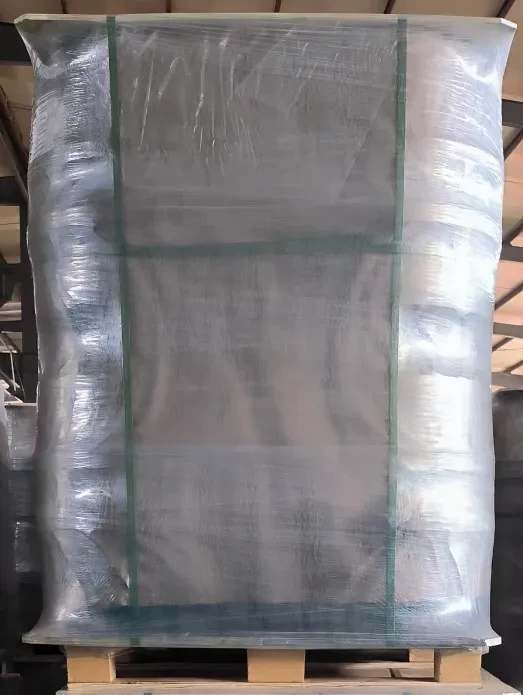
-
 Afrikaans
Afrikaans -
 Albanian
Albanian -
 Amharic
Amharic -
 Arabic
Arabic -
 Armenian
Armenian -
 Azerbaijani
Azerbaijani -
 Basque
Basque -
 Belarusian
Belarusian -
 Bengali
Bengali -
 Bosnian
Bosnian -
 Bulgarian
Bulgarian -
 Catalan
Catalan -
 Cebuano
Cebuano -
 Corsican
Corsican -
 Croatian
Croatian -
 Czech
Czech -
 Danish
Danish -
 Dutch
Dutch -
 ഇംഗ്ലീഷ്
ഇംഗ്ലീഷ് -
 Esperanto
Esperanto -
 Estonian
Estonian -
 Finnish
Finnish -
 French
French -
 Frisian
Frisian -
 Galician
Galician -
 Georgian
Georgian -
 German
German -
 Greek
Greek -
 Gujarati
Gujarati -
 Haitian Creole
Haitian Creole -
 hausa
hausa -
 hawaiian
hawaiian -
 Hebrew
Hebrew -
 Hindi
Hindi -
 Miao
Miao -
 Hungarian
Hungarian -
 Icelandic
Icelandic -
 igbo
igbo -
 Indonesian
Indonesian -
 irish
irish -
 Italian
Italian -
 Japanese
Japanese -
 Javanese
Javanese -
 Kannada
Kannada -
 kazakh
kazakh -
 Khmer
Khmer -
 Rwandese
Rwandese -
 Korean
Korean -
 Kurdish
Kurdish -
 Kyrgyz
Kyrgyz -
 Lao
Lao -
 Latin
Latin -
 Latvian
Latvian -
 Lithuanian
Lithuanian -
 Luxembourgish
Luxembourgish -
 Macedonian
Macedonian -
 Malgashi
Malgashi -
 Malay
Malay -
 Malayalam
Malayalam -
 Maltese
Maltese -
 Maori
Maori -
 Marathi
Marathi -
 Mongolian
Mongolian -
 Myanmar
Myanmar -
 Nepali
Nepali -
 Norwegian
Norwegian -
 Norwegian
Norwegian -
 Occitan
Occitan -
 Pashto
Pashto -
 Persian
Persian -
 Polish
Polish -
 Portuguese
Portuguese -
 Punjabi
Punjabi -
 Romanian
Romanian -
 Russian
Russian -
 Samoan
Samoan -
 Scottish Gaelic
Scottish Gaelic -
 Serbian
Serbian -
 Sesotho
Sesotho -
 Shona
Shona -
 Sindhi
Sindhi -
 Sinhala
Sinhala -
 Slovak
Slovak -
 Slovenian
Slovenian -
 Somali
Somali -
 Spanish
Spanish -
 Sundanese
Sundanese -
 Swahili
Swahili -
 Swedish
Swedish -
 Tagalog
Tagalog -
 Tajik
Tajik -
 Tamil
Tamil -
 Tatar
Tatar -
 Telugu
Telugu -
 Thai
Thai -
 Turkish
Turkish -
 Turkmen
Turkmen -
 Ukrainian
Ukrainian -
 Urdu
Urdu -
 Uighur
Uighur -
 Uzbek
Uzbek -
 Vietnamese
Vietnamese -
 Welsh
Welsh -
 Bantu
Bantu -
 Yiddish
Yiddish -
 Yoruba
Yoruba -
 Zulu
Zulu
ജനു . 20, 2025 04:26
പട്ടികയിലേക്ക് മടങ്ങുക
changing from drum brakes to disc
Switching from drum brakes to disc brakes is a transformative upgrade that car aficionados and everyday drivers alike can appreciate. Despite their longstanding presence in the automotive industry, drum brakes have gradually taken a back seat to the more advanced and efficient disc brakes, especially in performance-oriented and modern vehicles.
From a maintenance perspective, disc brakes also stand out. They are generally easier and quicker to inspect and repair than drum brakes due to their open design and accessibility. While replacing brake pads and rotors may require a precise technical understanding, the process is straightforward for experienced mechanics, thereby reducing downtime and, often, cost. In terms of longevity and durability, disc brakes often outlast their drum counterparts. They are less prone to the accumulation of debris like dust and dirt, which can quickly degrade braking components in drum systems. This longevity can translate to cost savings over the vehicle's lifespan, a consideration that appeals to both individual and fleet owners looking to optimize their investment. Though some may argue that drum brakes have their place on the rear of smaller vehicles or trucks due to their simple design and parking brake capabilities, the transition to disc brakes offers a quantifiable performance upgrade that shouldn't be overlooked. The enhanced safety, efficiency, and reliability of disc brakes make them an indispensable choice for those seeking to modernize their vehicle systems. In conclusion, the decision to change from drum brakes to disc brakes involves weighing the benefits of modern, efficient braking technology against traditional systems. Whether it's for everyday safety or optimized performance, disc brakes represent a leap forward in automotive technology that few drivers regret making. Such an upgrade not only enhances the driving experience but also ensures drivers and passengers are afforded the highest standards of safety and performance possible. For those considering this transition, consulting with an automotive expert can provide clarity, assurance, and tailored advice based on specific driving needs and vehicle specifications.


From a maintenance perspective, disc brakes also stand out. They are generally easier and quicker to inspect and repair than drum brakes due to their open design and accessibility. While replacing brake pads and rotors may require a precise technical understanding, the process is straightforward for experienced mechanics, thereby reducing downtime and, often, cost. In terms of longevity and durability, disc brakes often outlast their drum counterparts. They are less prone to the accumulation of debris like dust and dirt, which can quickly degrade braking components in drum systems. This longevity can translate to cost savings over the vehicle's lifespan, a consideration that appeals to both individual and fleet owners looking to optimize their investment. Though some may argue that drum brakes have their place on the rear of smaller vehicles or trucks due to their simple design and parking brake capabilities, the transition to disc brakes offers a quantifiable performance upgrade that shouldn't be overlooked. The enhanced safety, efficiency, and reliability of disc brakes make them an indispensable choice for those seeking to modernize their vehicle systems. In conclusion, the decision to change from drum brakes to disc brakes involves weighing the benefits of modern, efficient braking technology against traditional systems. Whether it's for everyday safety or optimized performance, disc brakes represent a leap forward in automotive technology that few drivers regret making. Such an upgrade not only enhances the driving experience but also ensures drivers and passengers are afforded the highest standards of safety and performance possible. For those considering this transition, consulting with an automotive expert can provide clarity, assurance, and tailored advice based on specific driving needs and vehicle specifications.
അടുത്തത്:
പുതിയ വാർത്ത
-
Rear Drum Brakes Maintenance Tipsവാർത്തAug.04,2025
-
Key Components Affecting Brake Drum Functionവാർത്തAug.04,2025
-
Important Inspection for Truck Drum Brakeവാർത്തAug.04,2025
-
How to Prepare for Changing Rear Drum Brakesവാർത്തAug.04,2025
-
Essential Tools for Cleaning Drum Brakes Properlyവാർത്തAug.04,2025
-
Brake Drum Function Guideവാർത്തAug.04,2025
-
Safety Features of Red Brake Drumsവാർത്തAug.01,2025
